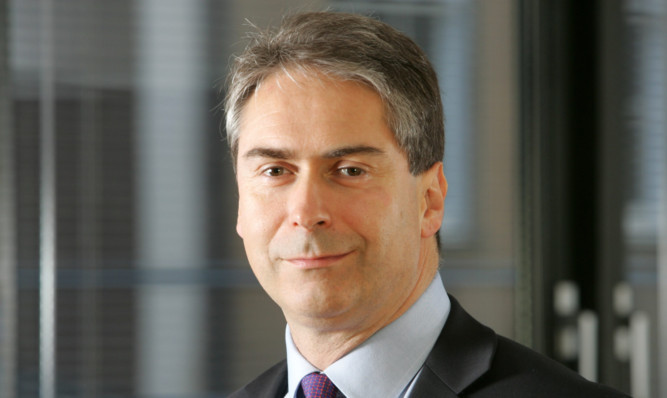Clearer signs of a recovery in the Scottish economy are starting to emerge, but growth remains “anaemic” as a result of the UK Government’s austerity programme and weak exporting.
New analysis from the Fraser of Allander Institute found the upturn in the economy was not as strongly embedded as would be expected five years down the line from a recession.
The economic think tank, based at Strathclyde University, held its GDP growth forecast to 0.9% for this year, but scaled down its prediction for 2014 from 1.7% to 1.6% the second downwards revision it has made for medium-term growth this year.
It also dragged back its 2.1% growth projection for 2015 to 1.9%.
Emeritus professor of economics Brian Ashcroft said: “Business services are now growing strongly and leading the way. Yet, financial services appear to have suffered a structural decline, and manufacturing output and export performance is weak.
“The explanation for the welcome, but still anaemic, recovery five years since the start of recession is the UK Government’s fiscal consolidation programme, and weak export performance reflecting both supply-side structural problems in the UK and Scottish economies as well as weak global demand.”
The PwC-sponsored FoA report also found evidence of continued weakness in domestic demand on the back of shrinking Government and consumer spending, and predicted weak growth in the rest of the UK and eurozone markets on which Scottish exports are heavily reliant.
The FoA predicted net job creation in the Scottish economy of 12,150 this year, 28,000 in 2014 and 38,700 in 2015.
PwC senior partner Paul Brewer said: “As we continue along this path of slow, tentative growth one thing is certain: the most successful cities will be those whose strategies focus on innovation, digital connectivity and transport infrastructure, as well as improving factors such as income levels, the quality of jobs, health and housing.”
Separate data from Henderson Loggie’s latest manufacturing and engineering (M&E) survey has found growing confidence in the sector north of the border.
The report found 83% of Scottish M&E businesses expected workloads to increase by the end of this year, compared to 75% for the UK as a whole.
The data also shows that more Scottish firms are involved in exporting activity, with 76% supplying products to overseas markets, 5% ahead of the UK generally.
One particular area of concern to arise from the report was the difficulty faced by companies in recruiting skilled labour, with more than two-thirds of respondents stating it as an issue for their business.
Steve Cartwright of Henderson Loggie said: “While there are encouragingly positive results in the survey, particularly from a Scottish perspective, we should not be complacent and the survey has found that, despite ambitions, growth is being constrained.
“There are a number of opportunities to maximise the manufacturing and engineering sector’s impact.”
